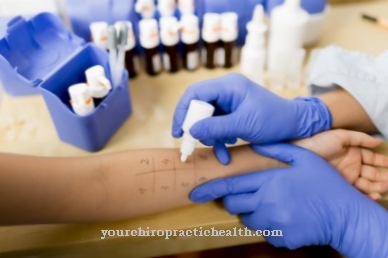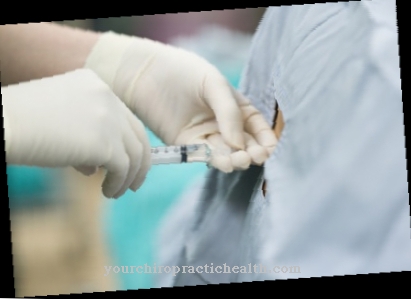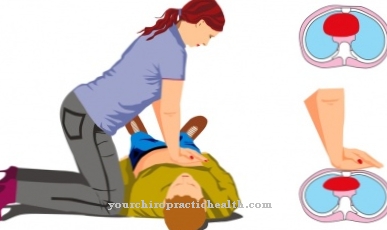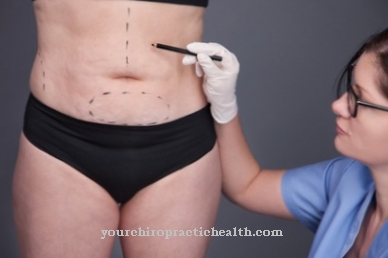The ancient doctors (Egypt, Mesopotamia) already knew how to put on cupping heads to treat diseases. In traditional Chinese medicine this is cupping used for millennia. According to the ancient theory of juices, body fluids get out of balance due to diseases and have to be rebalanced with the help of cupping.
What is cupping?

Cupping is a traditional therapeutic procedure in alternative medicine. It is supposed to help with various complaints, acute and chronic pain as well as for the prevention of diseases. Depending on the medical indication, one of the three cupping techniques (dry or bloody cupping and cupping massage) is used.
The cupping heads are spherical vessels of different sizes made of glass, the circular openings of which are placed on the skin. Since around 2000, vessels made of biocompatible silicone have mostly been applied instead of the traditional glass suction bells. The negative pressure is increased or decreased using a vacuum pump or a rubber ball. The advantage of modern cupping heads is that they can even be used to treat difficult or hard-to-reach areas of the skin. With classic cupping, the air in the 6 to 10 glasses is heated with the help of burning cotton balls. When you put them on, they immediately suck on and cool on the skin.
Cold can also be used with dry cupping. Various clinical studies confirm the effectiveness of traditional diversion therapy, especially for neck tension, carpal tunnel syndrome and osteoarthritis of the knee joint. According to traditional Chinese medicine, which has known the treatment method for thousands of years, attaching the glasses releases blockages within the body so that the life energy (chi) can flow freely again and illnesses and pain are alleviated.
Cupping (especially bloody cupping) should not be performed by the patient under any circumstances. It is also advisable to speak to the treating doctor beforehand about the desire for such treatment. Cupping is often done together with other naturopathic treatments.
Function, effect & goals
With cupping, the previously heated glasses are placed with the opening facing down on the area of skin to be treated. The negative pressure generated by this or by an additional suction device triggers a specific reaction at the relevant site or via the cutivisceral reflex in the organ assigned to the site.
In addition, the negative pressure later leaves a clearly recognizable hematoma that fades after a few days. With bloody (wet) cupping, the attachment point is first disinfected and lightly scratched with a lancet. A little blood is drawn off by applying the cup. The method is often used in acute severe pain. In addition, pollutants and tissue waste are discharged with it via the lymph fluid. The blood is thinned, its flow rate increased. The metabolism is stimulated. Dry cupping is done when the patient has severe pain and chronic illness. It's also proven to be a preventative measure. The skin area is better supplied with blood and the immune system is stimulated.
With the help of the cupping massage or suction massage, additional massage effects can be achieved. The skin area is rubbed with a massage oil or a cupping ointment that stimulates blood circulation. Then the alternative practitioner or doctor places the special plastic glass cupping head with a rounded edge and rubber ball on the skin. By moving back and forth, the skin blood circulation is strongly stimulated. The health-promoting effect of such a treatment is even stronger than that of conventional massage. Cupping releases tension and relieves pain by generating a counter-stimulus. The blood vessels widen and the lymph drainage is stimulated.
Muscles and skin tissue are better supplied with blood and supplied with oxygen and nutrients. Cupping has a relaxing and anti-cramping effect when you are stressed, and invigorating when you are very tired. The treated area has an up to 250% increase in the number of white blood cells that carry bacteria and tissue debris away from inflamed areas. Cupping is usually done on the back, as all the reflex zones are located there. They are connected to the corresponding organs via stimulus conduction. Also ideal cupping points are raised skin, dents in the epidermis and hardened skin: They are symptoms of a malfunction.
However, the cupping heads must not be used on bones, parts of the cervical spine, wounds, warts, rashes, moles, sunburns, varicose veins and acute inflammations. Areas of application for traditional diversion therapy are: headaches up to migraines, rheumatic diseases, lumbago, sciatica, high blood pressure and hypotension, chronic respiratory diseases such as bronchitis and asthma, knee and intervertebral disc diseases, carpal tunnel syndrome, cardiovascular diseases, gastrointestinal and liver gall bladder -Problems, colds with fever, depression and nervous exhaustion. In these cases, cupping can alleviate the diseases and also help prevent them.
You can find your medication here
➔ Medicines for relaxation and nerve strengtheningRisks, side effects & dangers
Usually cupping is well tolerated. However, it should not be used in certain diseases. The cupping heads must not be used on tumors, sun-burned skin areas, fresh wounds and burned skin areas.
In addition, patients with tuberculosis, anemia, diabetes mellitus, blood clotting disorders, coronary heart disease, cardiac arrhythmias, cancer, dehydration, tendency to pass out, skin inflammation and irradiated skin (cancer treatment) should avoid the treatment. The same is true for women in pregnancy and during menstruation. Bloody cupping is contraindicated if the patient is taking anticoagulants, has recently had surgery, or has a blood disorder.
In people with very sensitive skin, the high heat of the cupping glasses can lead to the formation of scars. Excessive pressure may cause bubbles. Bloody cupping sometimes leads to scars and in certain cases to wound healing disorders.













.jpg)

.jpg)
.jpg)











.jpg)